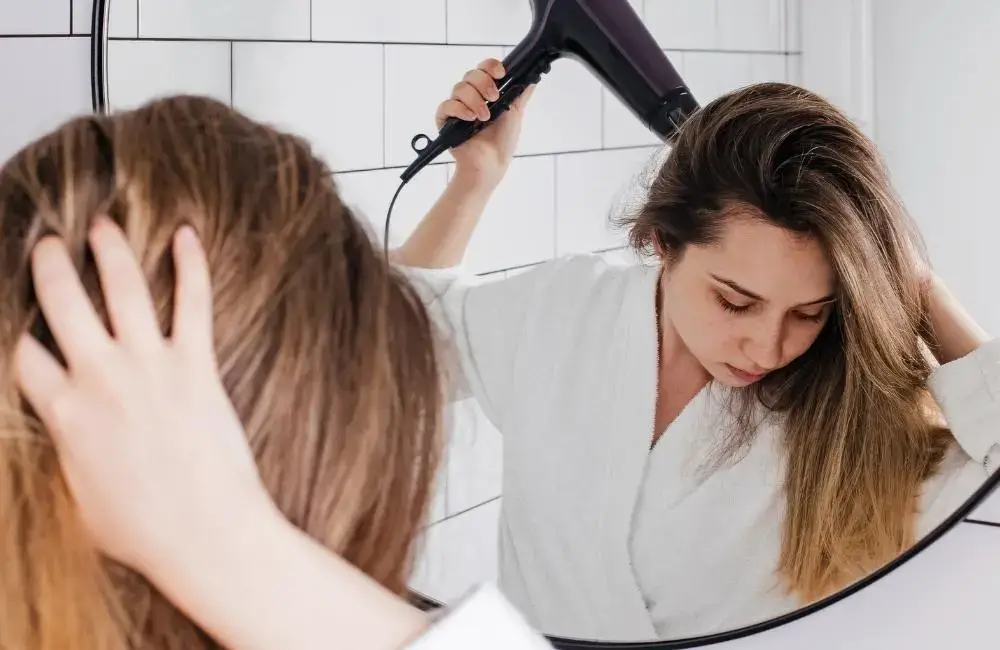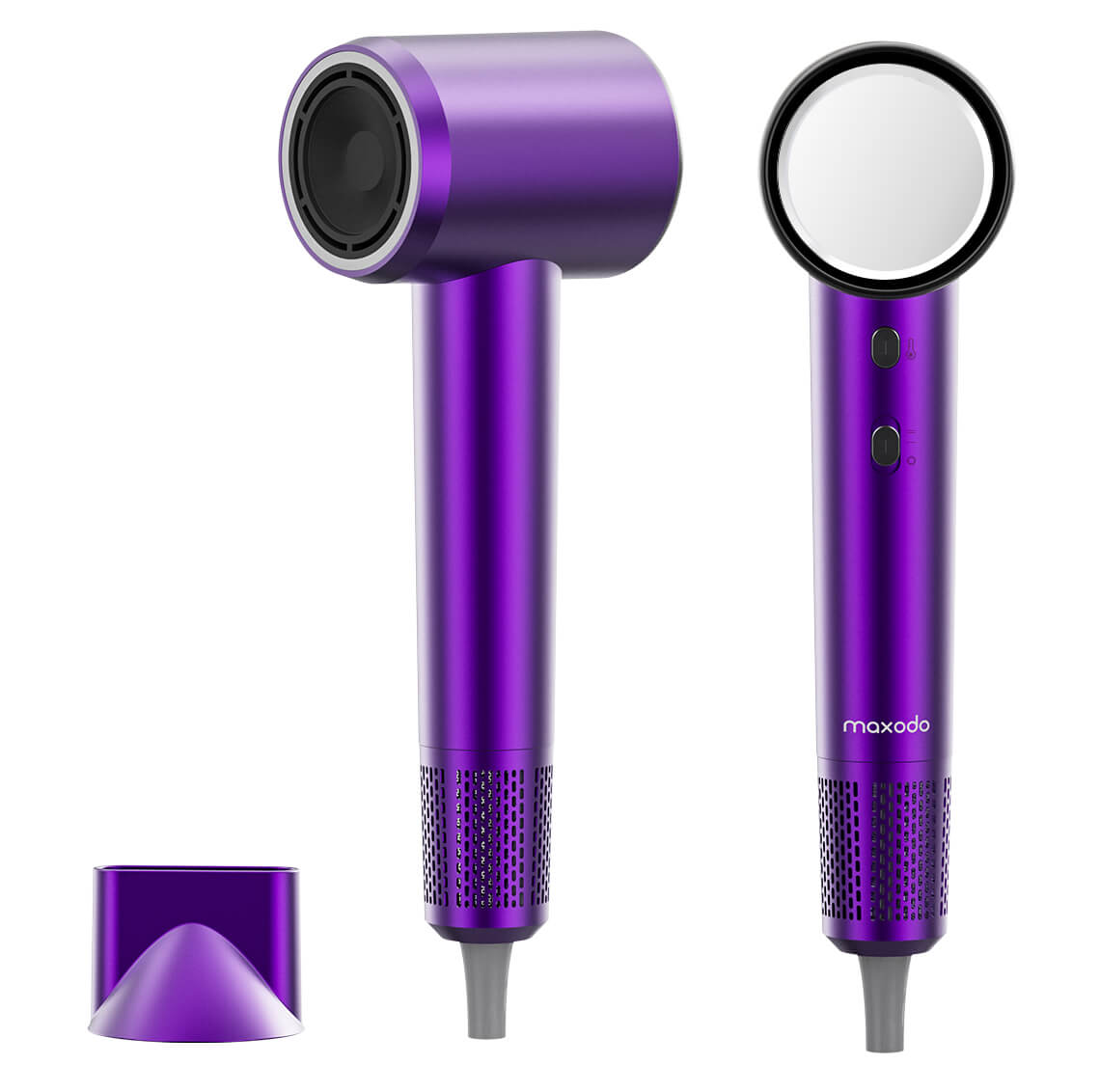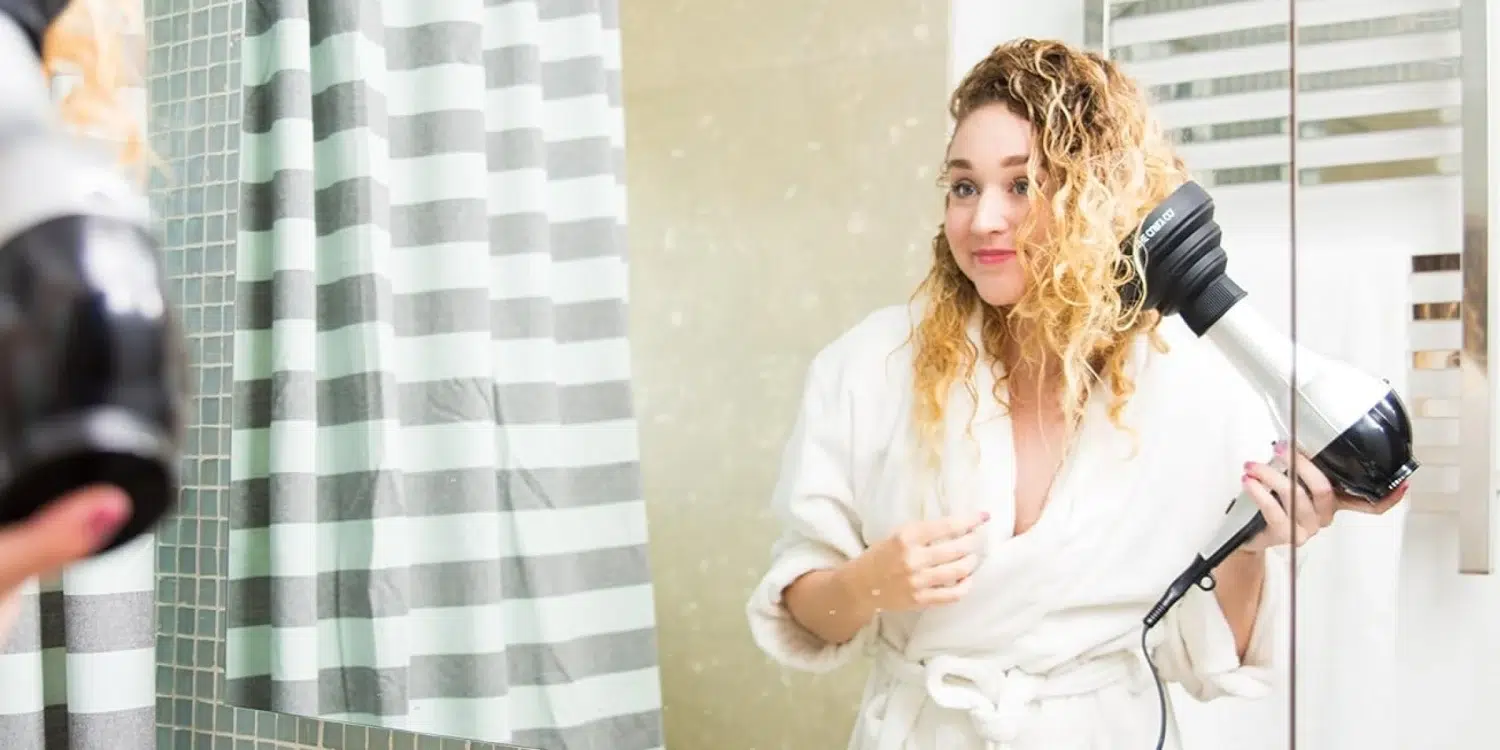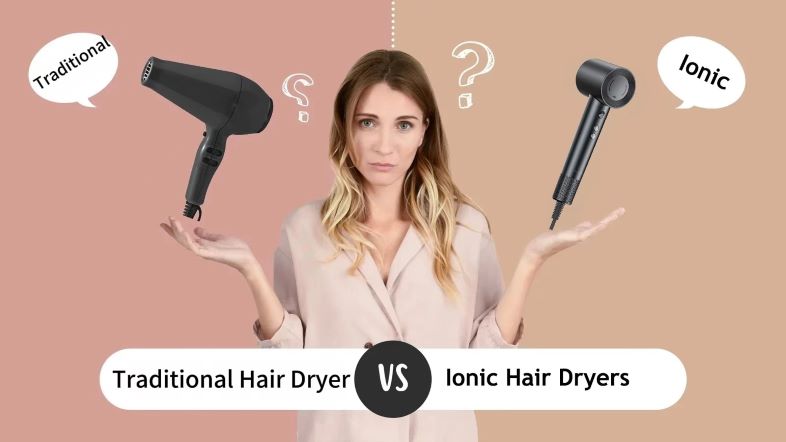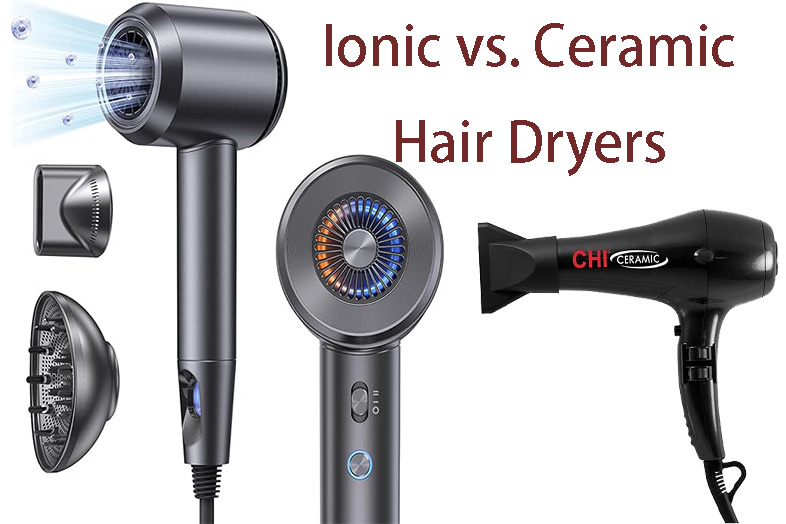Heat styling, a common practice for achieving various hairdos, can unfortunately have adverse effects on the health of your hair. When hair is exposed to high temperatures, it undergoes a physical and chemical transformation. The intense heat from hair dryers can strip off the natural oils and moisture, leading to dry, brittle strands. This section will explore the science behind how heat affects the hair’s structure, including the cuticle (the outer layer) and the cortex (the core of the hair). We’ll discuss how prolonged and frequent exposure to heat can alter the natural protein bonds in your hair, leading to weakened, less elastic strands, and how this can manifest in symptoms like split ends, breakage, and a dull appearance.
Preserving the health of your hair while still enjoying the benefits of heat styling requires a balanced approach. The importance of protecting your locks from heat damage cannot be overstated. In this part, we’ll discuss how safeguarding your hair maintains its strength, shine, and overall health. By adopting preventative measures, you can enjoy beautifully styled hair without compromising its integrity. This section aims to emphasize the long-term benefits of heat protection, such as reduced hair breakage, preserved hair texture and color, and overall healthier hair growth. We will set the stage for the upcoming sections, which are filled with practical advice and techniques to help you achieve just that.
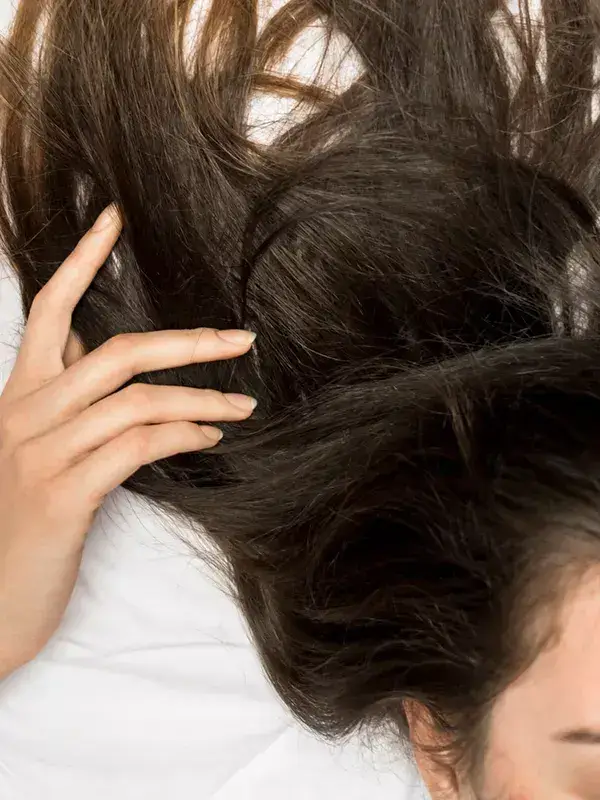
The Importance of Protecting Your Locks
Here, we’ll highlight why it’s vital to shield your hair from excessive heat. We’ll talk about the long-term benefits of maintaining healthy hair, including reduced breakage, preservation of natural moisture, and maintaining hair integrity. This section will also touch upon the aesthetic advantages of protected hair, such as enhanced shine, smoothness, and color vibrancy. We aim to provide a compelling case for why investing time in hair protection is worth the effort.
The Science of Heat Damage
Understanding the science behind heat damage is key to effective prevention. This section will explain the mechanisms through which heat affects the hair’s protein structure, leading to weakened strands. We’ll discuss how high temperatures can break down keratin, the protein backbone of hair, and the resulting impact on hair’s elasticity and strength.
How Heat Affects Hair Structure

In this subsection, we delve deeper into the specific ways heat alters hair structure. We’ll explain how excessive heat can cause the cuticle, the hair’s protective outer layer, to lift or even get damaged. This damage not only makes hair more susceptible to breakage but also leads to moisture loss, causing dryness and frizz.
Identifying Signs of Heat Damage
Recognizing heat damage early can prevent further harm. This subsection will describe the signs to look out for, such as split ends, brittleness, dullness, and excessive tangling. We’ll also provide guidance on how to conduct a simple ‘hair strand test’ to assess the health of your hair.
Choosing the Right Hair Dryer
Selecting an appropriate hair dryer is a crucial step in minimizing heat damage. This section will emphasize the importance of choosing a dryer that suits your hair type and needs.
Types of Hair Dryers: Ionic, Ceramic, and Tourmaline
Here, we’ll break down the different types of hair dryers available on the market. Ionic Hair Dryer emit negative ions that break down water molecules, speeding up the drying process and minimizing heat exposure. Ceramic dryers offer even heat distribution, reducing hot spots that can damage hair. Tourmaline dryers combine ionic and ceramic technologies, emitting more negative ions and infrared heat for a faster, smoother drying experience. We’ll discuss the benefits of each type and who they’re best suited for.
What to Look for in a Hair Dryer
This subsection will provide practical tips on what features to consider when buying a hair dryer. Key points include adjustable heat settings, the importance of a cool shot button, wattage, weight, and additional attachments like diffusers for curly hair. We’ll also touch on the importance of ergonomics and ease of use, ensuring readers can make an informed decision.
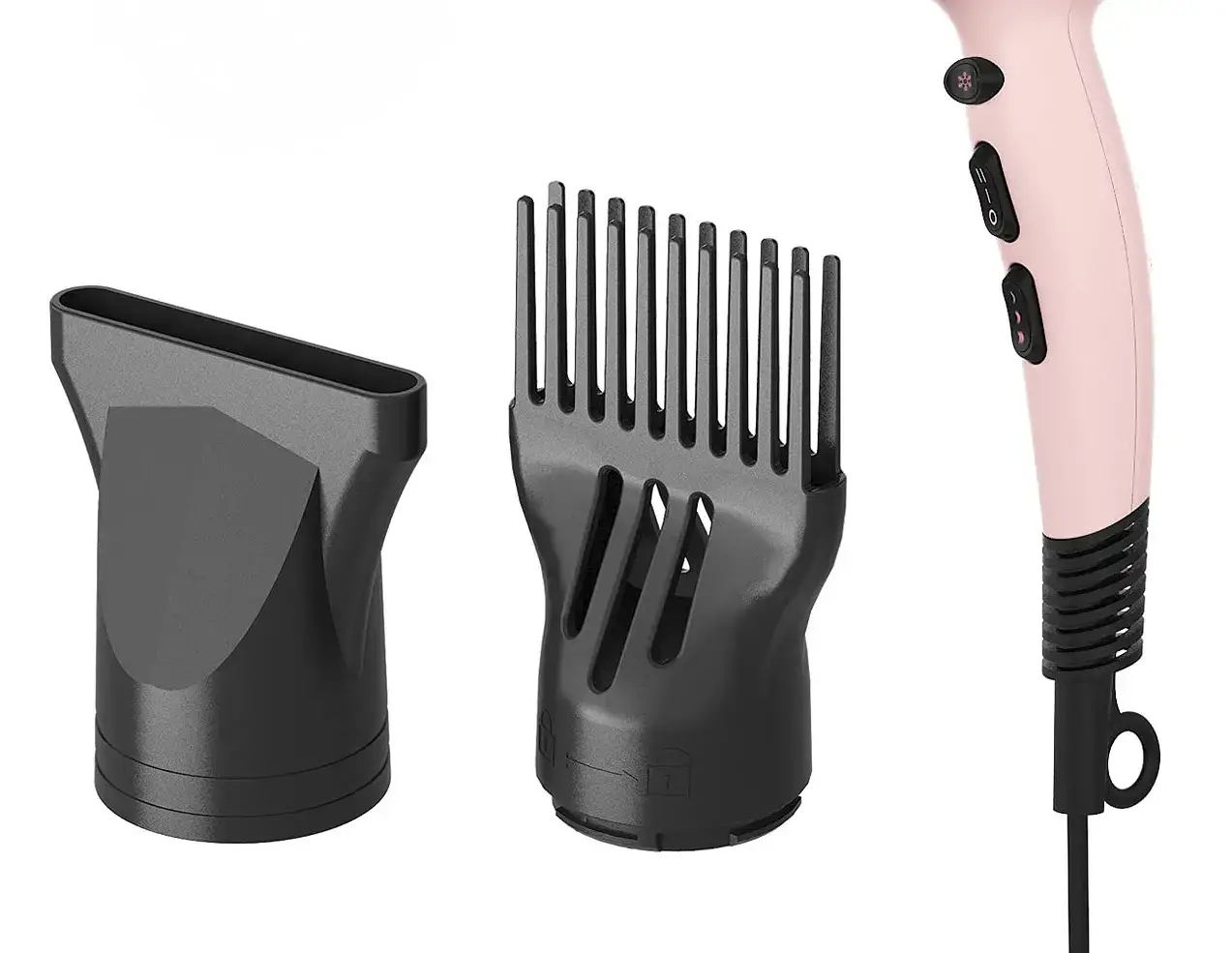
Preparation is Key
The Role of Hair Conditioning
Conditioning your hair is like laying a strong foundation before building a house. A good conditioner not only moisturizes but also creates a protective layer around each strand, shielding it from heat damage. For those using heat styling tools regularly, investing in a deep conditioner or a leave-in conditioner can be a game changer. These products are designed to penetrate deeper into the hair shaft, providing long-lasting hydration and resilience against high temperatures. It’s essential to apply conditioner evenly throughout your hair, focusing particularly on the ends, which are more prone to damage.
Heat Protectant Sprays: A Must-Have
Think of heat protectant sprays as your hair’s personal bodyguard against high temperatures. These products are formulated to create a barrier on the surface of your hair, minimizing moisture loss and protecting the cuticle during heat styling. They often contain ingredients like silicone, which smoothens the hair, and proteins that reinforce the hair’s natural strength. To effectively use a heat protectant spray, apply it evenly on damp hair before drying, ensuring every strand is covered. This step is crucial and should never be skipped, no matter how rushed your styling routine might be.
Effective Hair Drying Techniques
Temperature Control: Finding the Right Balance
Using the right temperature setting on your hair dryer can make a significant difference. High heat might dry your hair faster, but it increases the risk of damage. It’s advisable to start with a lower temperature setting and gradually increase it if necessary. If your hair dryer has multiple heat settings, experiment to find the one that works best for your hair type. Fine or damaged hair typically requires a cooler setting, while thicker hair can withstand higher temperatures. Remember, the goal is to dry your hair without scorching it.
The Art of Sectioning and Drying
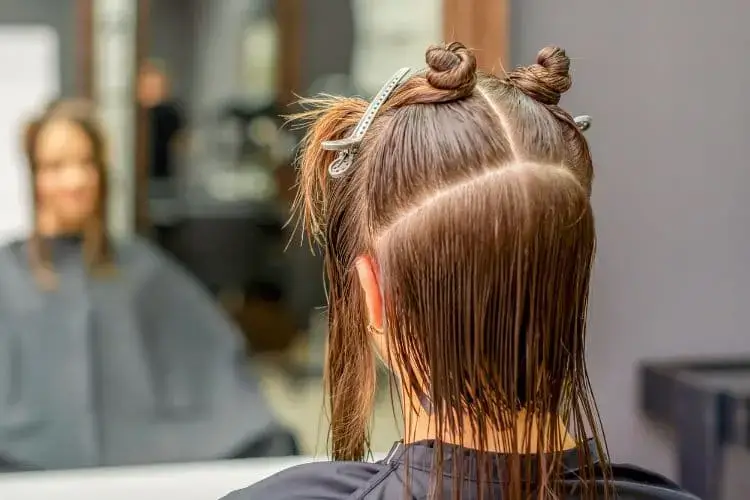
Sectioning your hair before drying not only ensures an even and efficient drying process but also minimizes heat exposure. Start by dividing your hair into manageable sections. Hold each section taut with a brush or your fingers while directing the airflow from the roots to the ends. This technique helps in smooth drying and reduces the need to go over the same section multiple times, thereby lessening heat damage. Keep the dryer moving and maintain a distance of about six inches from your hair to avoid excessive heat concentration.
Alternative Drying Methods
Towel Drying: Do’s and Don’ts
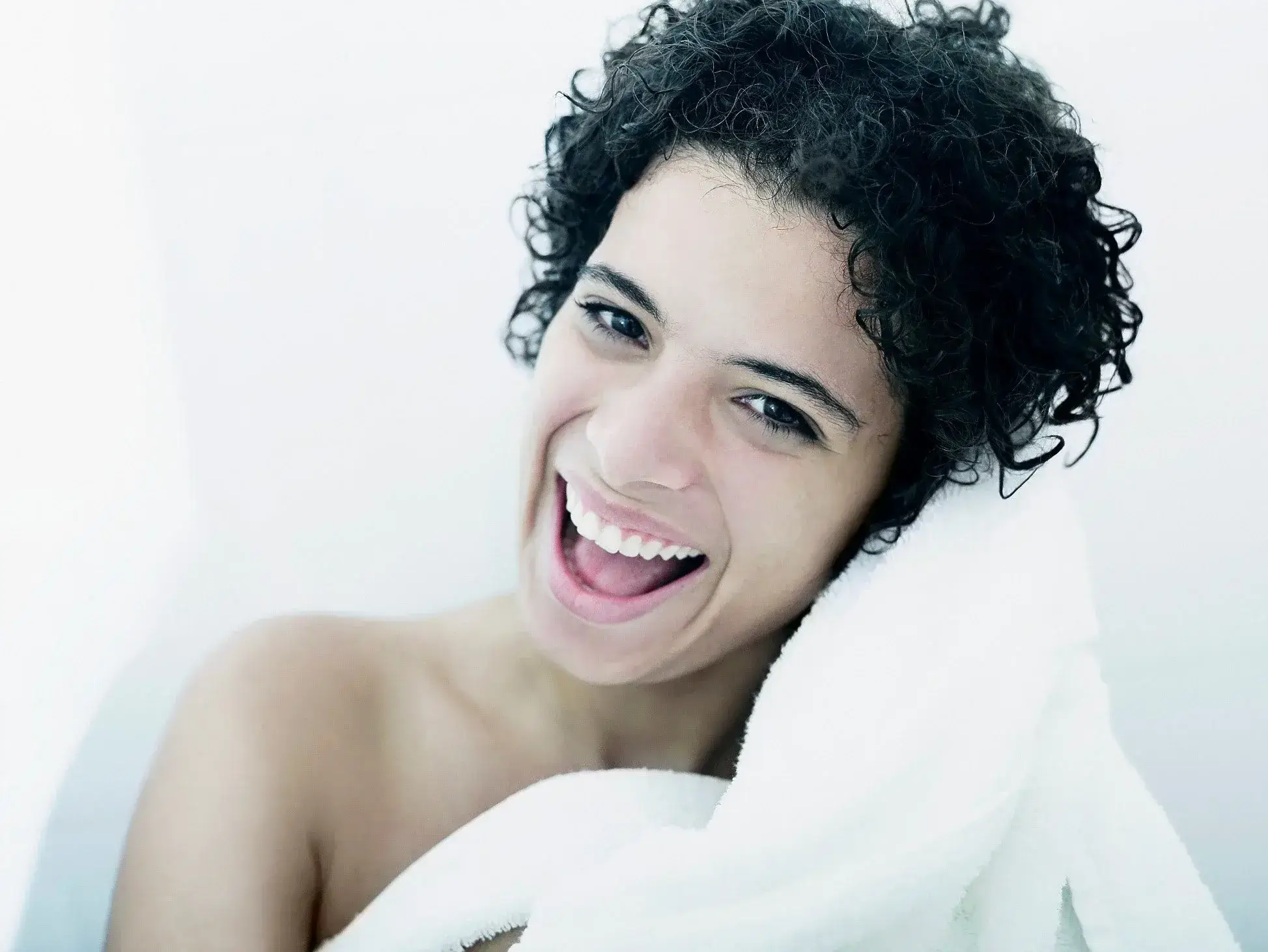
Towel drying is a gentler alternative to blow drying, but it needs to be done correctly. The key is to use a soft, microfiber towel which is less harsh on your hair cuticles. Avoid rubbing your hair vigorously; instead, gently pat or squeeze the moisture out. Rubbing causes friction, leading to frizz and breakage. For those with curly or textured hair, using a cotton T-shirt instead of a towel can help maintain your hair’s natural pattern without causing frizz.
Air Drying: Embracing Natural Methods
Air drying is the most hair-friendly drying method. It involves letting your hair dry naturally, without any heat. While it takes longer, it significantly reduces the risk of heat damage and helps maintain your hair’s natural health. To effectively air dry, gently blot your hair with a towel to remove excess water, then comb it with a wide-tooth comb to detangle. You can apply a leave-in conditioner or styling product to help manage your hair as it dries. For added volume, flip your hair occasionally as it dries.
Hair Care Routine for Heat-Stressed Hair
Deep Conditioning Treatments
Deep conditioning is a cornerstone of recovering and maintaining the health of heat-stressed hair. These treatments penetrate deeper into the hair shaft, offering more intense hydration and repair than regular conditioners.
Choosing the Right Product: Look for products rich in proteins, keratin, natural oils, and other hydrating ingredients.
Application Tips: Apply the treatment evenly throughout your hair, focusing on the ends which are often the most damaged. Use a wide-toothed comb for even distribution.
Frequency and Duration: Depending on your hair type, deep condition once a week or bi-weekly. Leave the treatment in your hair for at least 20-30 minutes. For an intensive treatment, consider a leave-in conditioner overnight, covered with a shower cap.
Regular Trims and Hydration Tips
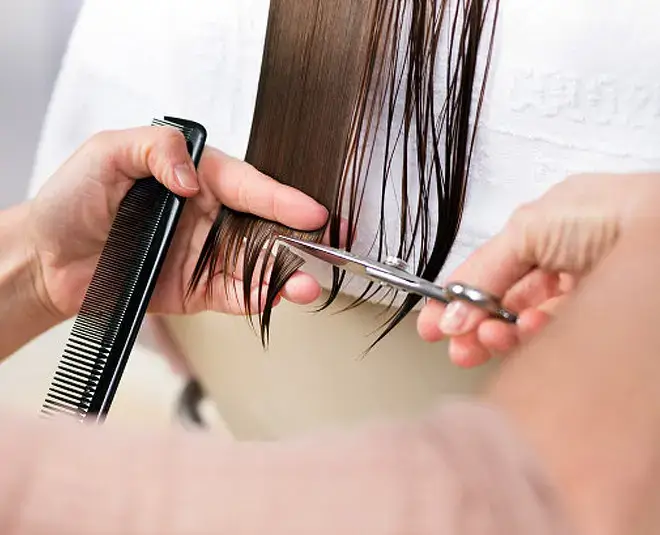
Regular trims are essential to keep your hair healthy and free of split ends, which can worsen with heat styling. Aim for a trim every 6-8 weeks.
Hydration is key, both internally and externally:
Internal Hydration: Drink plenty of water to keep your hair hydrated from the inside.
External Hydration: Use leave-in conditioners or hair oils to lock in moisture. Lightweight oils like argan or jojoba can be particularly effective.
Frequently Asked Questions
Addressing Common Concerns and Myths
1. Can heat protectants completely prevent heat damage?
Heat protectants significantly reduce damage but don’t eliminate it entirely. It’s still important to use heat styling tools sparingly and at lower temperatures.
2. Is air drying always better than using a hair dryer?
While air drying is less damaging, it’s not always practical or preferred. When using a hair dryer, use it on a lower heat setting and keep it moving to avoid focusing too much heat on one area.
3. Do expensive hair dryers cause less damage?
Not necessarily. While pricier models often have advanced features like ionic, ceramic, or tourmaline technology that can reduce damage, proper drying technique and heat protection are more important.
Conclusion
Protecting your hair from heat damage involves selecting the right hair dryer, using heat protectants, and employing proper drying techniques.
Deep conditioning treatments and regular trims are crucial in maintaining the health of your hair.
Understanding the balance between heat styling and natural drying methods is key to long-term hair health.
We encourage you to integrate these tips into your hair care routine. Remember, the goal is not just to look good but also to maintain the health and integrity of your hair. By being mindful of how you use heat styling tools and taking steps to nourish and protect your hair, you can enjoy beautiful, healthy locks for years to come.
